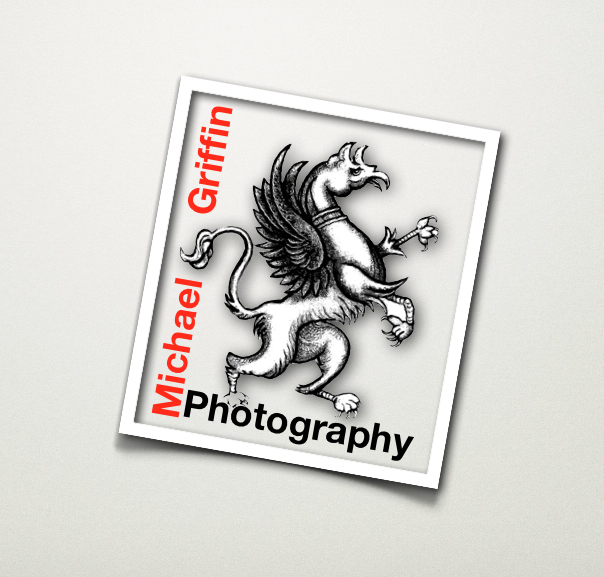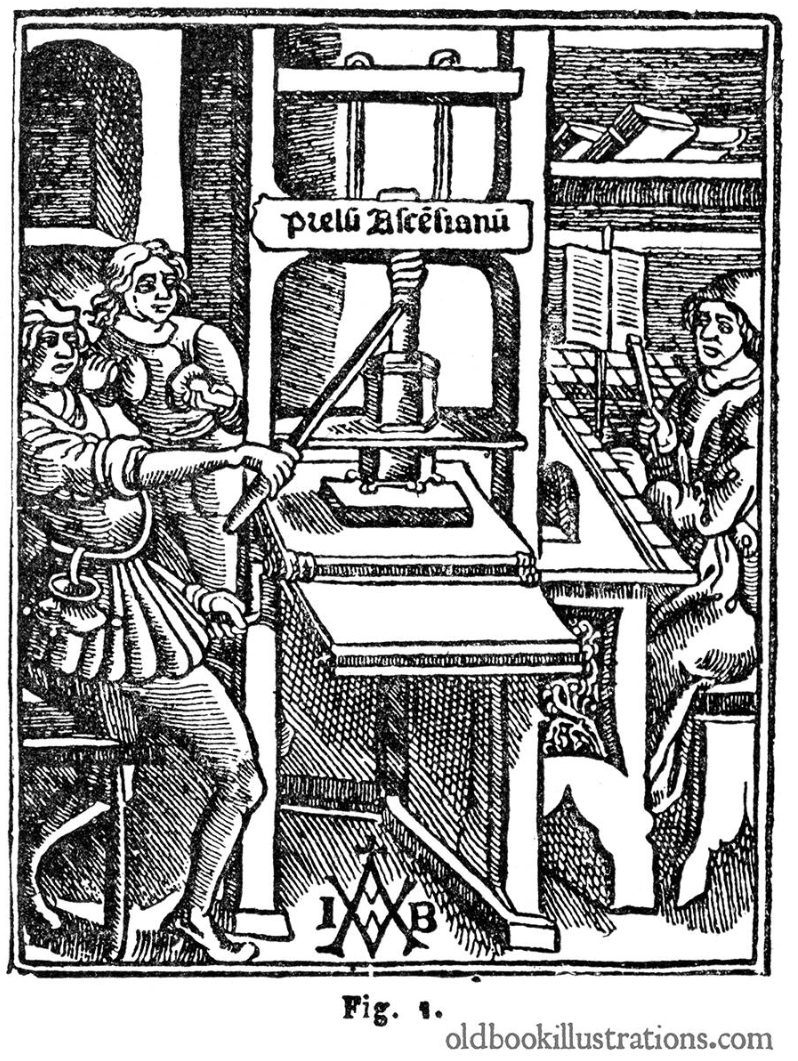The illustration above gives you an idea as to how the Common Press looked and you would have to agree that the working replica below bares testimont to the skill and talent of its makers. The twenty or so invitees were corralled outside The Tin Tent for us to meet and greet and enjoy some very fine wine, courtesy of Sally Gudgeon. To help set the scene Richard had organised some local musicians to come along and play. After a while we were invited to take our places inside. Violin and harpsichord notes drifted down from a kind of minstrel gallery. The two minstrels were playing music from the Baroque era, Richard’s favourite, and it was quite intoxicating.
Gathering around the press Richard gave us a brief descrition of the workings. He explained that the press was made from Australian timbers such as Red Gum,Ironbark, Victorian Ash, Black Box and Blackwood. There was a story behind each piece. One that stood out was when Richard asked Les Hite to tell the audiance where the Forestay (this is the leg that supports the carriage) came from. Les had acquired a Black Box butchers block and had used it when he had a farm. He said "I chopped up chops on that for forty years, it only damaged the top for about a quarter of an inch."
Richard called for volunteers to help ink the type in readiness for the first impression and as Max made all the iron work he was invited to be the first to pull the arm.
Inking up the type.
Max makes the first impression.
Finally after many months of collabrative work, Richard swung back the frisket and removed the first sheet for a close inspection. There were smiles all around with Richard declaring that although the impression was a little excessive, he was happy!
So the type was inked up again and we all took it in turns to pull the arm and create a little piece of history to take home.
The minstrels.
These are the ink balls which you can see in the woodcut at the top of the page.
The audience
The horse tail stuffing was donated by Yanky, the leather from a friends old jacket, and the turned handles were made by Les Hite.
A group picture of the makers, Left to Right Les Hite, Ian English, Richard Jermyn, Max Bowran.
For almost 500 years printing went on in the same way as it started; that is, printing by the impression of a piece of paper onto a raised, inked surface. Letterpress printing is a craft that asks minute attention to detail. The printers time is spent in meticulously hand setting to get a perfect impression and colour on the press.
From the close up of the job below, it is possible to see that each individual letter was chosen and placed in order to make a word and in turn a sentence. Can you spot the typos? Hard isn't it? How long do you think it would take you to set this amount of type. To do this efficiently you would need to be able to spell (no spellcheck here) read the letters and set them backwards, have a good understanding of how to space the individual words so that each individual line started and finished at the same point beneath the previous line. All I did when typing this was to choose "centred" from the drop down menu.


















